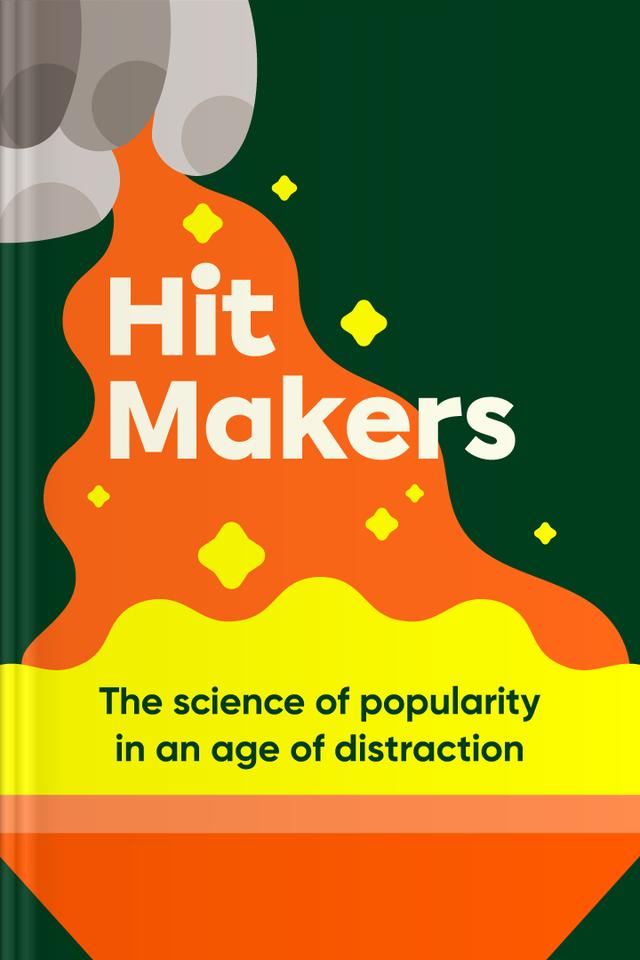You’ll learn
- How to turn any product into a hit
- Why is mediocre art so popular
- The secret of the “earworm”
- Why copies are more successful than innovative originals
russia has launched a full-scale war in Ukraine. Donate to support Ukraine and protect the world’s peace.

first KEY POINT
Think back to the biggest Hollywood blockbusters of the past 12 months or the most popular songs. How did they become so successful? Was it down to hard work, or do marketing executives use psychological loopholes we’re blissfully unaware of?Everyone wants to be responsible for the biggest selling product or hit song, movie, or TV show; that’s what success means. It’s easy to assume that a lot of it comes down to luck and that your song or product is better than anything else. So why do some questionable novelty songs make it so big if that’s the case? The artists rarely have big follow-up hits, so what was it about that particular song that resonated so much with the general public?The truth is that it’s less about the actual song and far more about how it is marketed and presented on a broader scale. Advertisers are manipulating us in ways that we aren’t even aware of!You might assume that big hits come out of nowhere and take us all by storm. Yet, specific rules determine whether or not it will be a hit and how much of one. It’s about how the soon-to-be-hit connects psychologically with its audience and how it spreads on social media and influences the economic state.What does this mean? People can create hits by using tactics; they engineer them to be smash hits even if the work is far from high quality.
Manipulation through marketing goes a long way toward explaining why some products become huge, off-the-scale hits, and others fail to make even a dent in the market. Yet, it’s not a predictable science either. People’s tastes change from time to time.Have you ever wondered why you get stuck on a song you wouldn’t usually like? This summary will give you exciting insights into how the art of manipulation can easily push you into purchasing products. Perhaps you can use that knowledge to stop yourself from buying the next novelty tune that deep down you know is terrible!
second KEY POINT
Human beings may appear complex, but we’re quite simple in our tastes deep down. We want to feel like we belong, and we want to be safe. For sure, sometimes we feel like going out and having an adventure, but we usually remain in our safety bubble. So when it comes to what is popular versus what is less so, it often comes down to how familiar it is to us.Derek Thompson explains that most people are both neophilic and neophobic. On the one hand, we’re keen to find new things and enjoy them, but at the same time, we’re also quite skeptical and scared of anything we don’t understand. To create a hit, be it a song, movie, or product, you need to find a way to pique the interest while keeping elements of it comfortably familiar. Thompson calls this the art of creating “familiar surprises.”In the 1950s, designer Raymond Loewy practically redesigned the New York City landscape. When he arrived in New York, he was taken aback at how ‘grungy’ it appeared with its full-scale urban appearance. In the following years, he took the lead on redesigning how the city looked, even down to the buses. But, how did he know what to do and how to make sure that people would like it? He used what he called the ‘MAYA’ rule.MAYA stands for “most advanced yet acceptable.” That means it’s new and innovative but retains a little of the familiar. As a result, it helps people stay comfortable and not feel like they’re in an alien landscape.

Continue reading with Headway app
Continue readingfirst KEY POINT
second KEY POINT
third KEY POINT
fourth KEY POINT
fifth KEY POINT